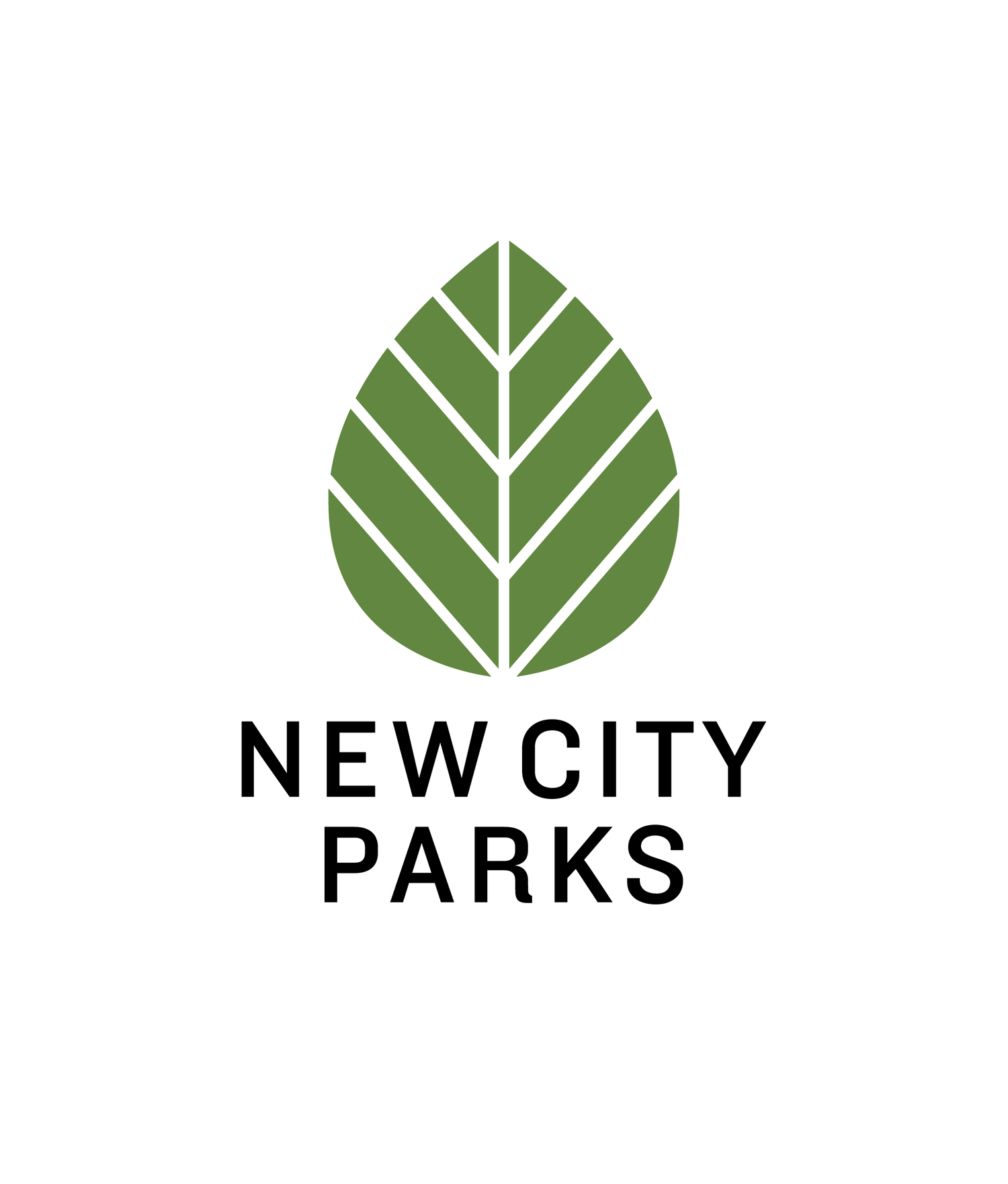PS 12 Schoolyard
PS 12 Schoolyard
Location
Jersey City, NJ
Status
Pending Construction
Construction Completion
Estimated 2025
Site Area
0.3 acres
Construction Cost
$800,000
People Served
23,238
Design Consultants
ETM Associates
Special Features
Mural, leaf-shaped water spray, outdoor classroom, painted games
Jersey City, one of New Jersey’s most densely populated and diverse cities, faces significant social and economic challenges, especially in minority-dominated interior neighborhoods. PS 12 (Julia A. Barnes School), is situated in the Bergen-Lafayette neighborhood and serves 291 students grades Pre-K through 8th with 56% of students qualifying for free or reduced lunch during the 2021-2022 school year. The school is part of the second wave of schoolyard transformations in Jersey City following New City Park’s successful transformation of the PS 30 schoolyard into an oasis for play, nature, and learning in 2023 which catalyzed a new district-wide commitment to create more green schoolyards.
The current schoolyard consists of deteriorated asphalt pavement with worn painted games. Additionally, it is seriously prone to flooding with clogged catchment basins connected to the Crescent Avenue and Astor Place sewers. The below ground cafeteria has flooded several times during heavy rainfall in recent years.
NCP has been working with the school, school district, and other local partners to create a design that reflects the needs of the school and surrounding area. The new schoolyard will feature interactive painted games, a brand-new play structure, a splash pad, an outdoor classroom, seating area with tables and chairs, and raised garden beds for hands on learning. Additionally, there will be seating areas, murals, and new plantings to ensure a peaceful and safe play area for students and school staff. The stormwater infrastructure will be reconstructed to resolve severe drainage problems causing flooding.
This new initiative is a shining example of how NCP’s work not only creates dynamic new open spaces, but also creates the inspiration and momentum needed to shift existing systems in the places we work in, generating investment for more open spaces in more neighborhoods.
Proposed PS12 Schoolyard Schematic Design.



Community Partners
Jersey City Board of Education and Mayor’s Office,
